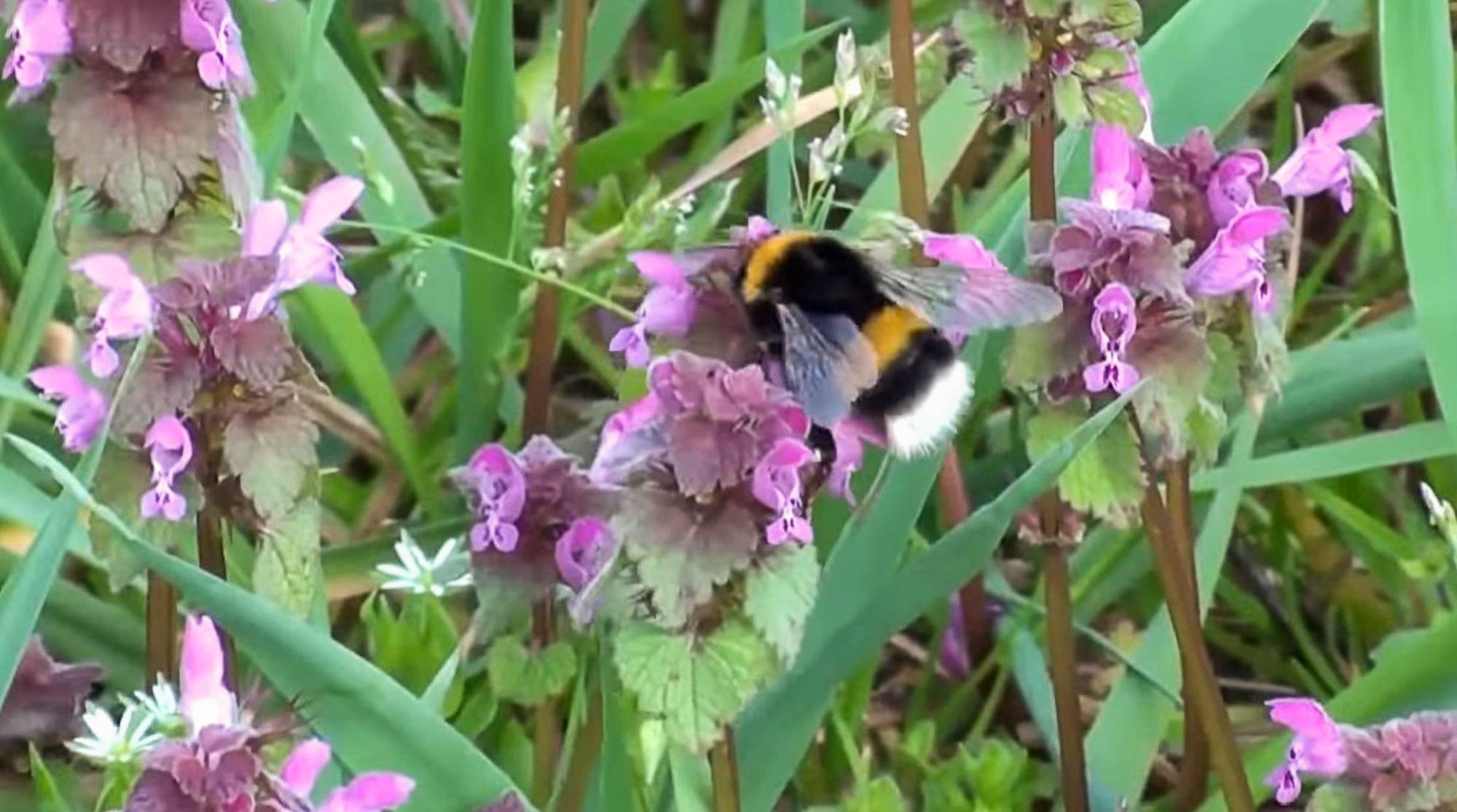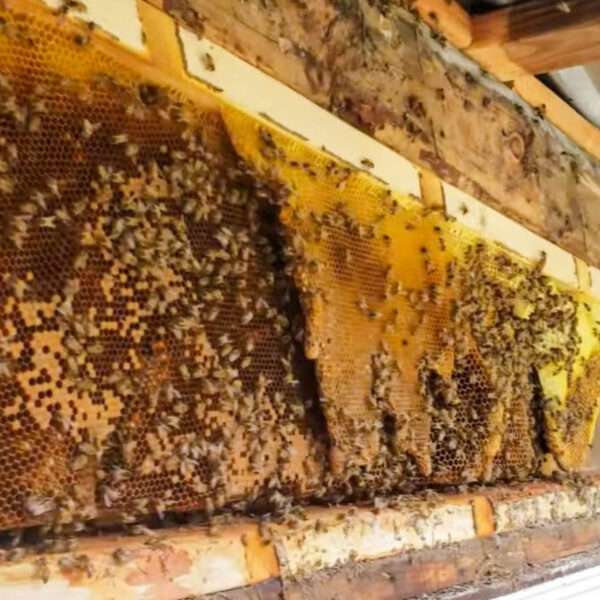The existence of numerous European bumblebee species is at great risk, scientists in Belgium have warned.
A team of researchers headed by entomologist Dr Guillaume Ghisbain from the Free University of Brussels studied data from 1901 to 1970 and 2000 to 2014 to evaluate the pollinators’ chances of survival.

Their models show that two-thirds of bumblebee species that are currently not endangered could have lost at least 30 per cent of their habitats by 2080. For their forecast, the scientists considered habitat range data from the years 2000 to 2014.
Global warming, habitat reduction due to construction projects and the excessive usage of pesticides have been identified by numerous previous studies as the major reasons for the decrease in insect species.
Dr Ghisbain admitted he was “deeply saddened” by the findings. The researcher said: “For several decades, scientists have been sounding the alarm about the decline of pollinators and bumblebees in particular.”
Dr Ghisbain added: “Population trends of the latter have been extensively studied in Europe in recent decades, and their decline has been pronounced in many different countries.”
Speaking about current global developments, the entomologist said: “We closely observe nature, communicate with colleagues around the world studying pollinators and we all arrive at convergent conclusions: pollinators are declining, often more severely than previously thought.”
The Brussels-based scientist argued: “Understanding the impact of these changes on insect populations is important for coming up with conservation plans.”
Unlike domesticated honeybees, bumblebees can cope with cooler conditions. They are an important element of biodiversity due to their engaged pollination activity.
Prof Michael F. Potter from the University of Kentucky‘s College of Agriculture said bumblebees were often mistaken for carpenter bees, a solitary bee type.
Prof Potter explained: “Carpenter bees resemble bumblebees but typically have a shiny, hairless abdomen. Bumblebees usually have a hairy abdomen with black and yellow stripes.”
Bumblebees build their nests in existing underground cavities, he added.
There are more than 250 species of bumblebees in the world, according to National Geographic. Their body size ranges between one to 4.1 centimetres (0.4 to 1.6 inches).
National Geographic underlines: “Bumblebees are among the most important pollinators. They excel at spreading pollen and fertilising many types of wild plants as well as important agricultural crops like tomatoes, blueberries, and squash.”
Study leader Dr Ghisbain emphasised bumblebees were one of the major contributors to crop production value in the northern hemisphere.
He concluded: “The survival of bumblebees will ultimately depend on how we protect our natural habitats and climates at a large scale.”











